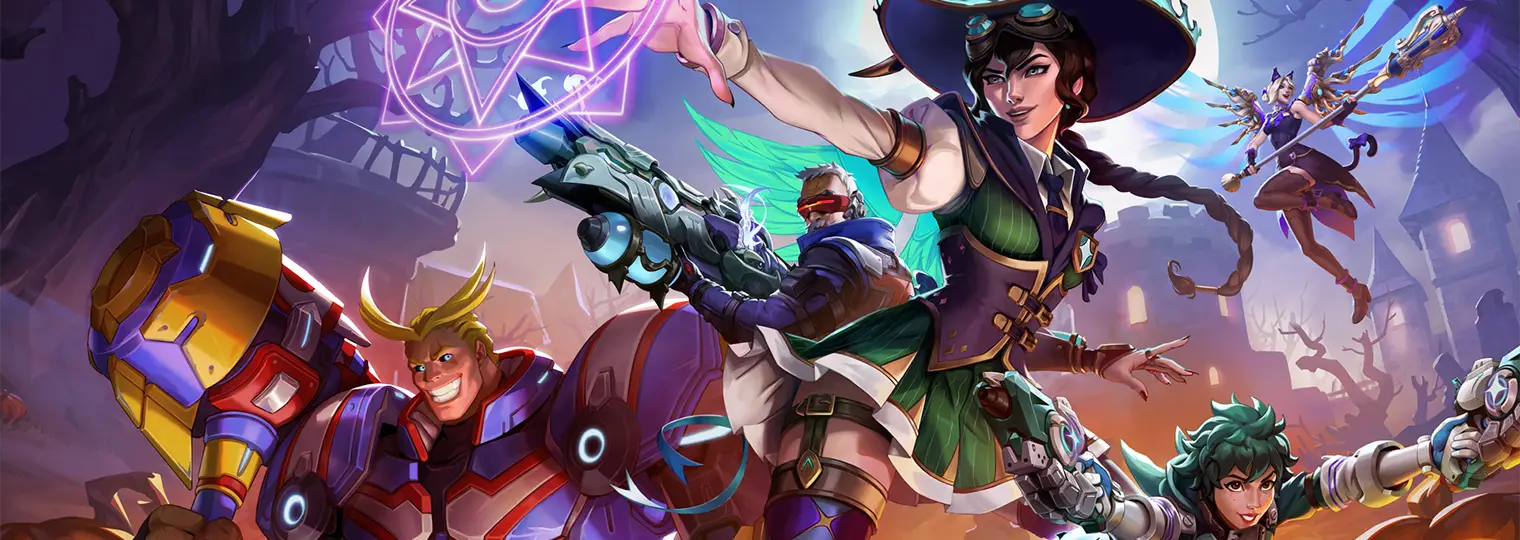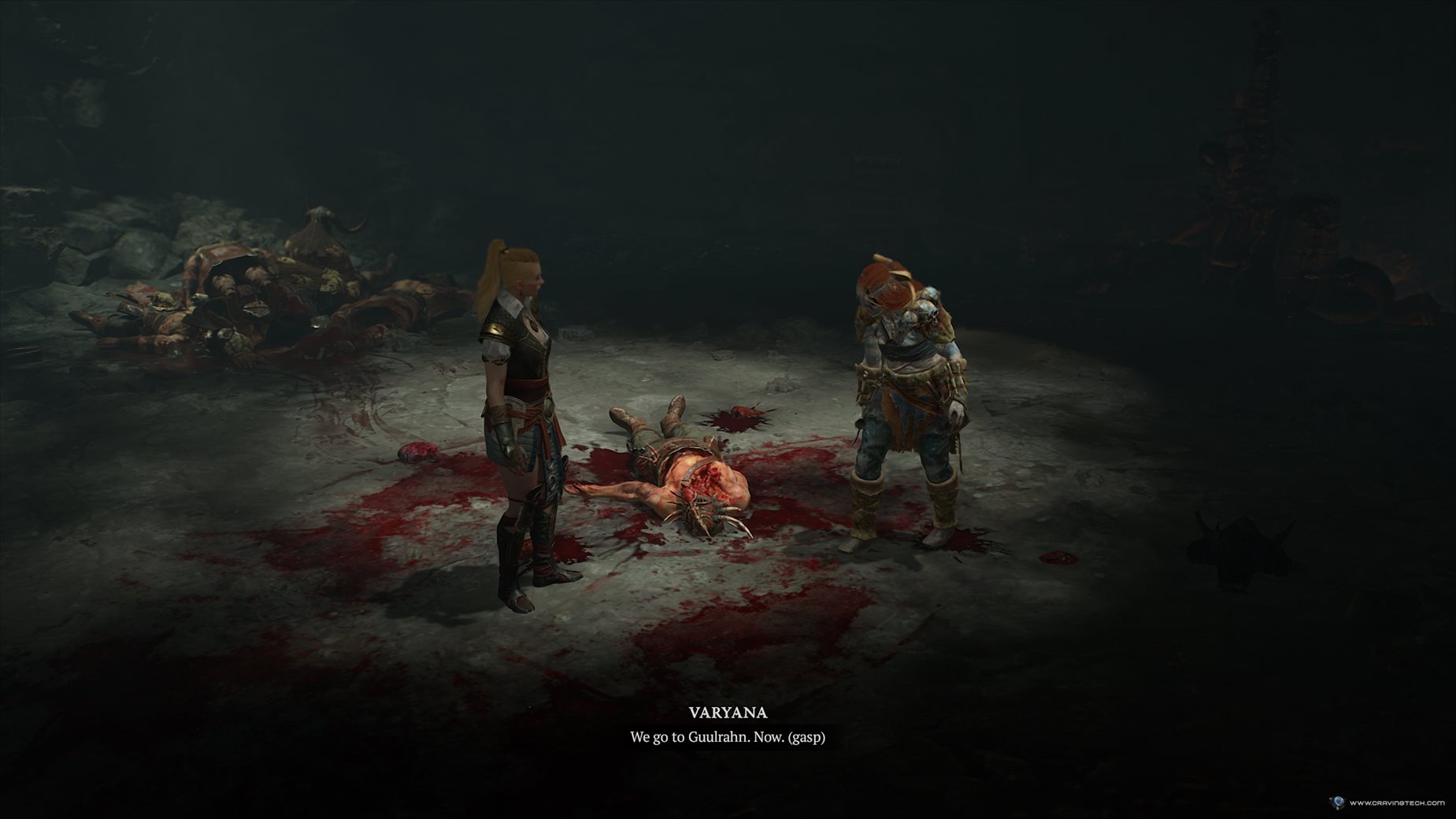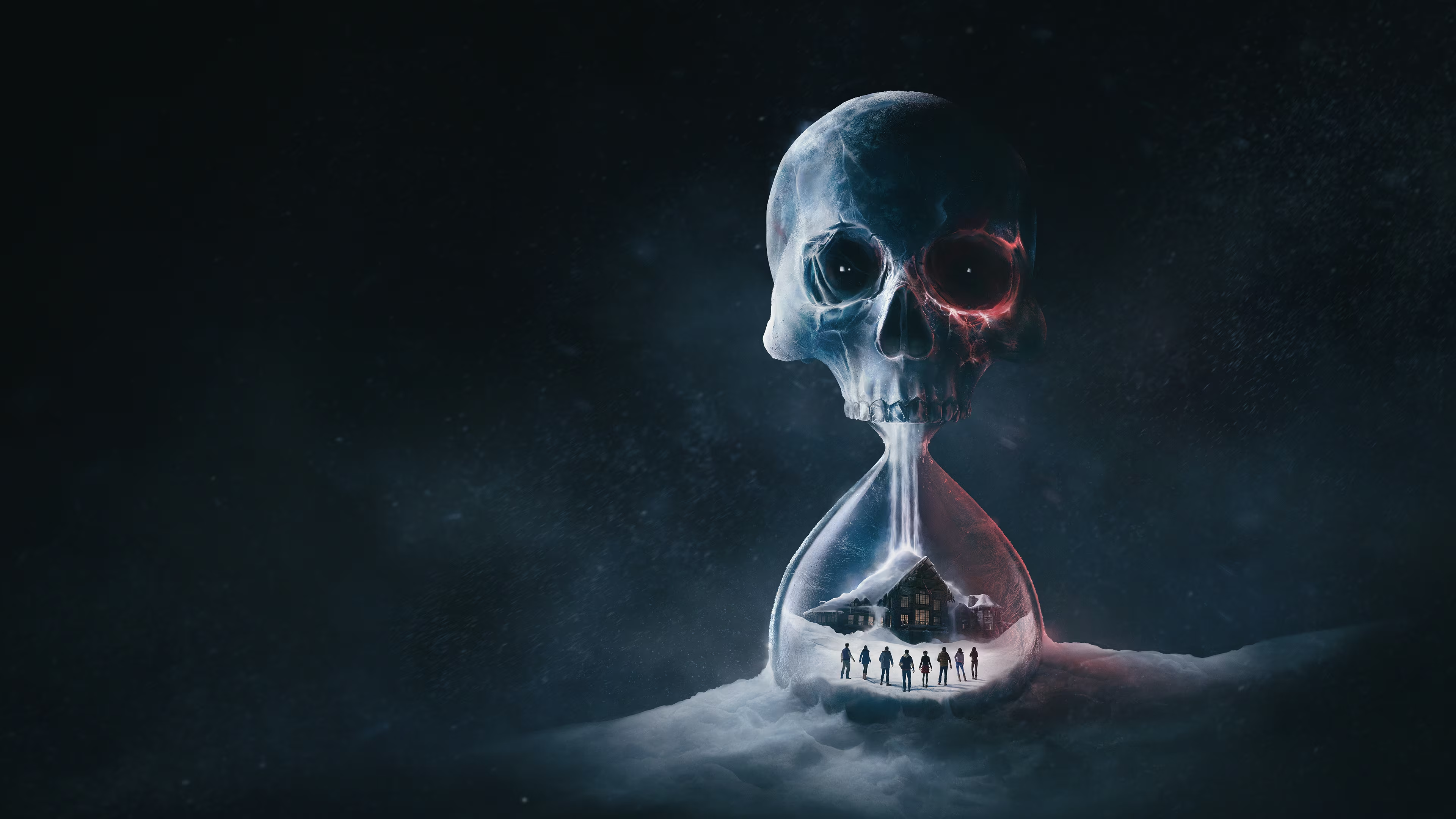
Until Dawn is an interactive drama horror game where you will be controlling eight different adults who have to survive through the night in Blackwood Mountain. You’ll navigate through the story using Quick-Time Events, making split-second decisions that determine your characters’ fates. Choose the wrong path, and someone might meet their end. Every choice shapes the narrative differently, offering substantial replay value for those curious about exploring alternative storylines and their consequences.
The game’s branching narrative system isn’t just for show – your decisions genuinely impact who survives until dawn (hence, the title). Originally released for PS4 in 2015, Until Dawn garnered attention for its innovative approach to interactive storytelling. I first encountered this game at a friend’s house years ago, where I was instantly drawn into its atmospheric world. Though I didn’t see the conclusion then, those few hours left an unforgettable impression, and I’ve been eager to uncover its mysteries ever since.
This PS5 version, built in Unreal Engine 5, straddles the line between remake and remaster. The core experience – including dialogue, voice acting, and storyline – remains largely unchanged, but the visual presentation has received a significant overhaul. While staying true to the original’s spirit, the remake introduces several notable modifications to modernise the experience.
One of the most noticeable changes is the movement system. Characters can’t walk faster now, which the developers likely implemented to enhance immersion and tension. However, this change might not resonate with fans of the original’s. Similarly, the new free camera system, replacing the original’s fixed camera angles, presents a double-edged sword. While offering more player freedom, it somewhat diminishes the claustrophobic atmosphere that made the original so effective. There was something uniquely terrifying about not being able to look behind you, knowing danger could be lurking just outside your field of view.
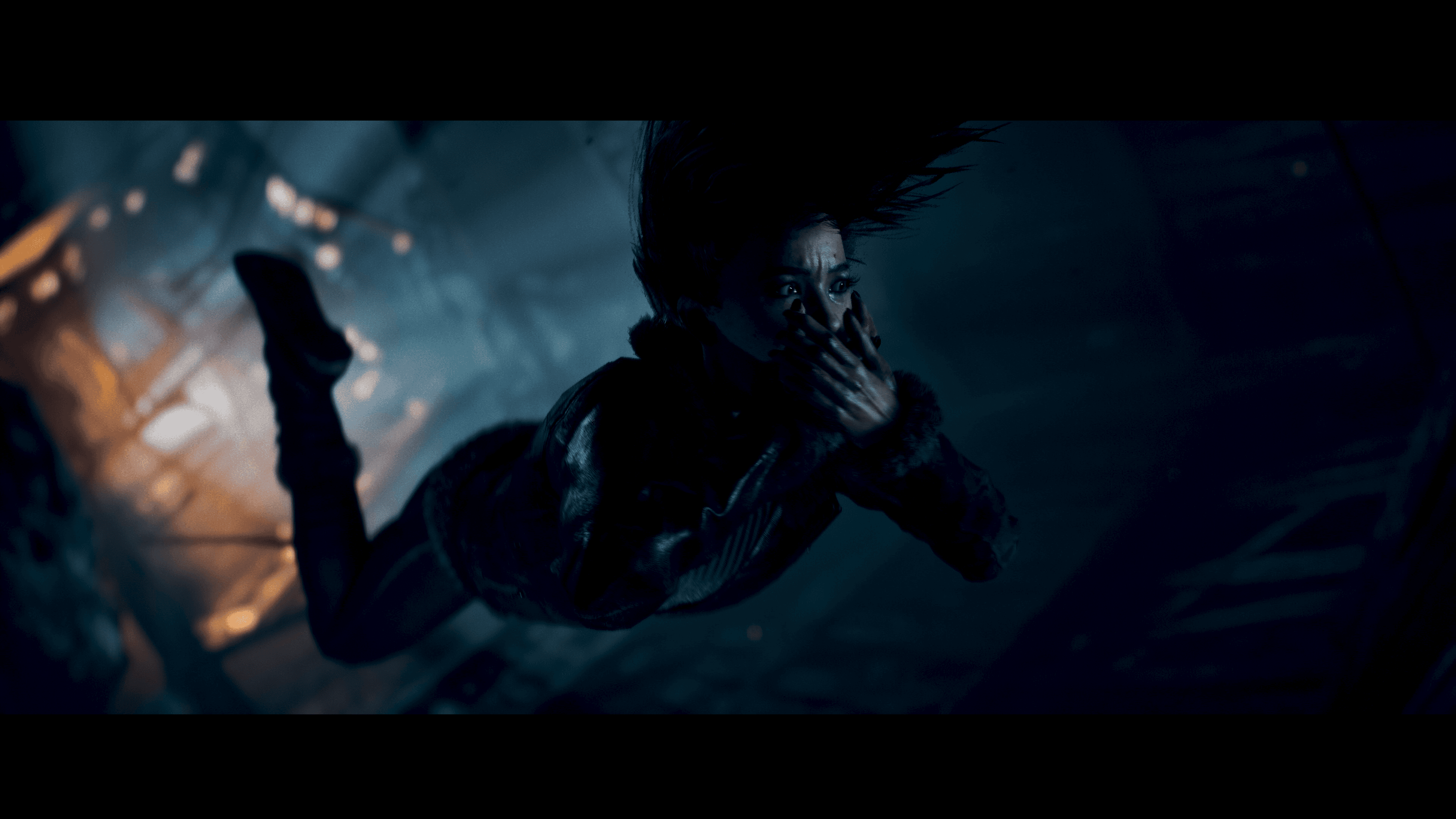
The totem system, which provides glimpses of possible futures, has also been reworked. Unfortunately, this new implementation feels more cumbersome and less intuitive than its predecessor, adding unnecessary complexity to what was previously a straightforward mechanic.
For newcomers, however, these changes won’t detract from the experience. The PS5’s enhanced visuals increase the horror to new heights, with improved character models, environments, and visual effects creating a more photorealistic nightmare. While some might argue that the original’s lower-fidelity visuals contributed to its eeriness – much like how older horror films can be scarier for their limitations – the remake’s visual improvements are impressive nonetheless.
The enhanced lighting system deserves special mention. The development team has implemented more natural illumination throughout, addressing a common criticism of the original where characters would inexplicably navigate pitch-dark areas without turning on lights. Shadows and reflections are more dynamic and convincing, creating tension through subtle environmental details that suggest movement or presence just beyond your peripheral vision
The audio design remains exceptional, perhaps even more impactful with modern hardware. From creaking floorboards to distant screams, the soundscape builds atmosphere masterfully. The musical score knows precisely when to crescendo for maximum impact and when to pull back, letting the silence speak volumes.
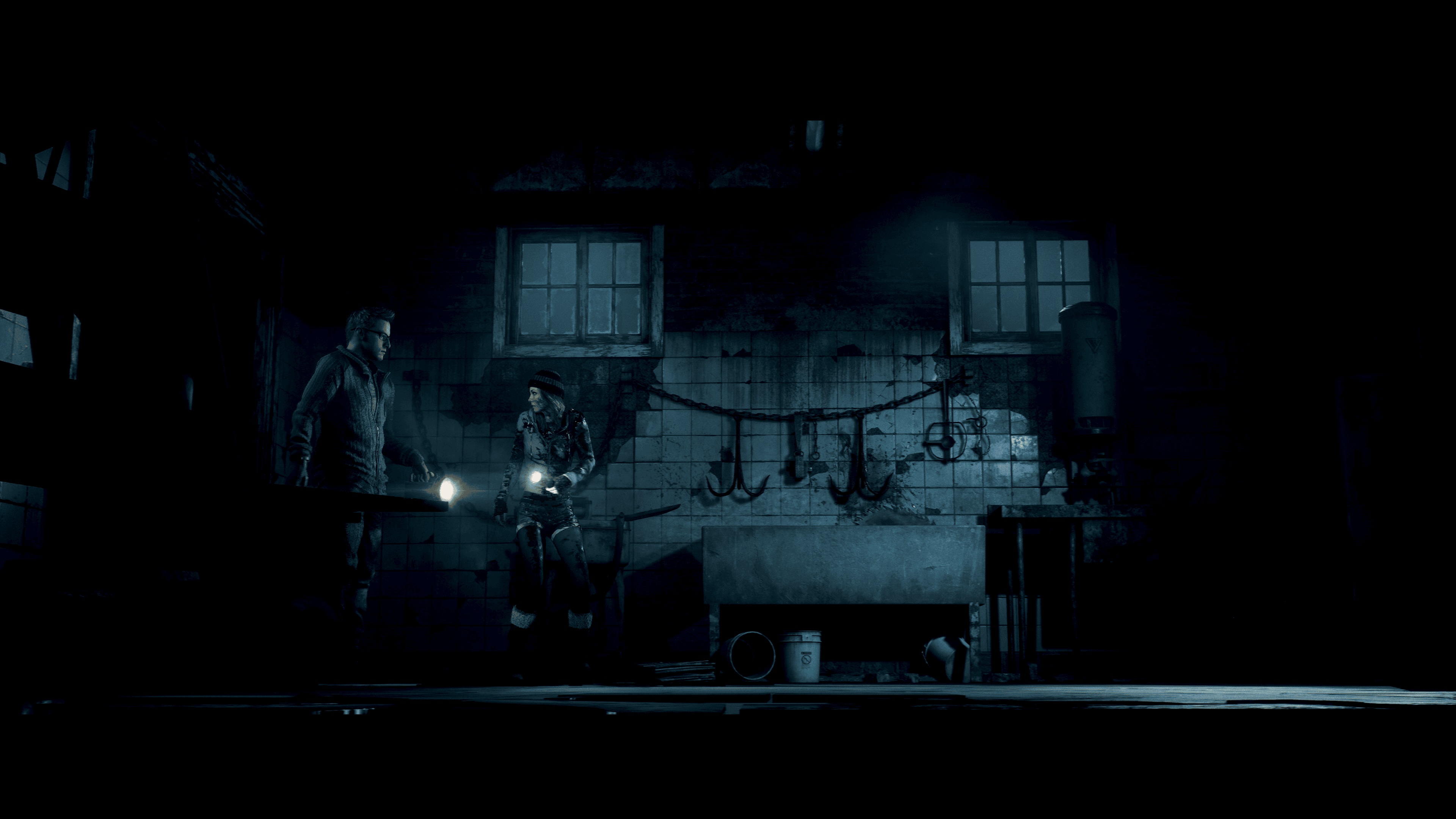
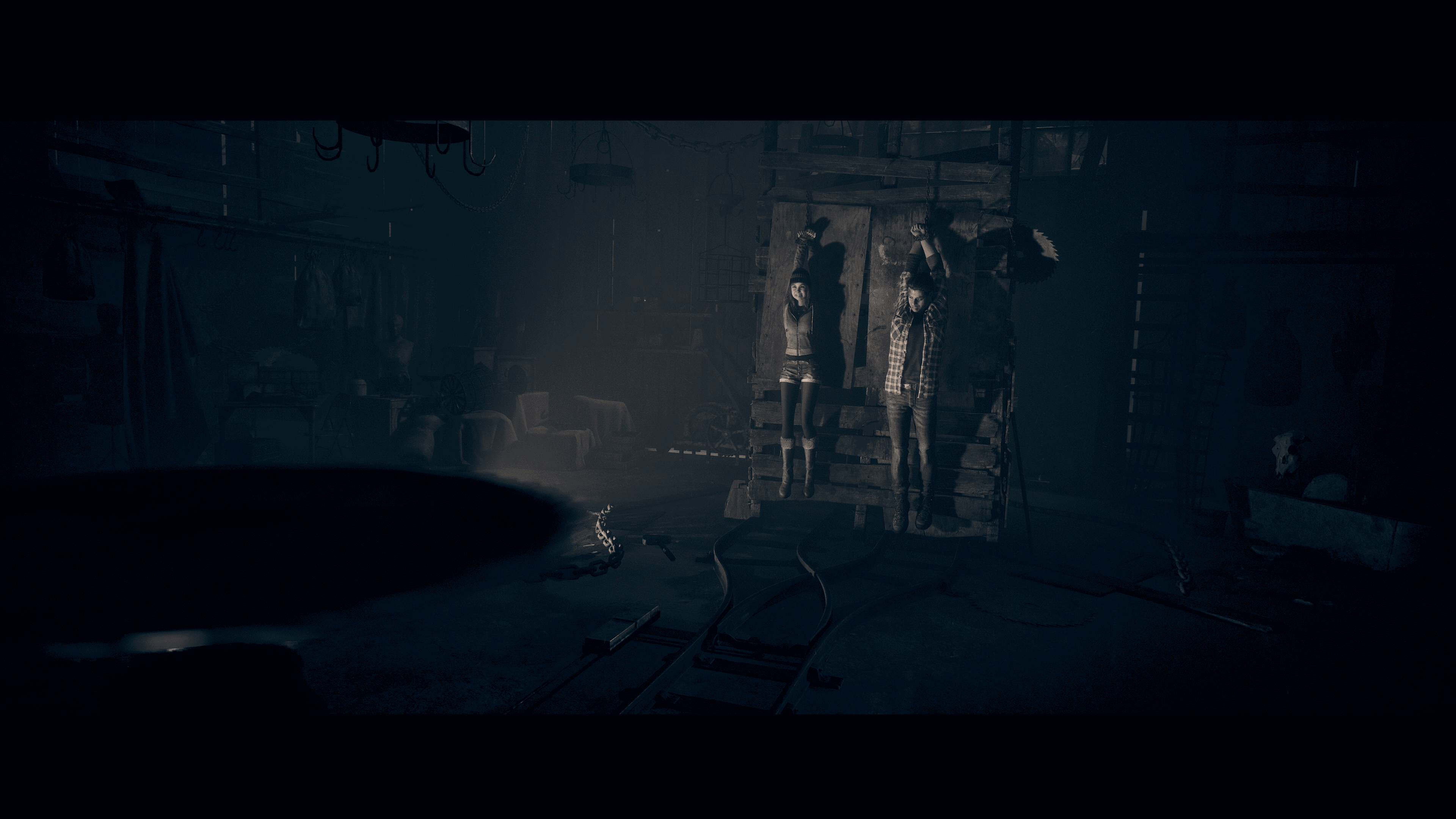
However, the remake isn’t without technical shortcomings. The absence of a 60fps option in 2024 feels like a significant oversight, especially for a current-generation console release. While this might not bother players unfamiliar with higher frame rates, it’s a noticeable omission for those accustomed to smoother performance. The game also exhibits occasional frame rate inconsistencies, though recent patches (1.04 and 1.05) have addressed many of these issues. Players picking up the game later may find these technical hiccups largely resolved.
One of Until Dawn’s greatest strengths is its social aspect. The game transforms into an entirely different experience when played with friends, turning single-player horror into a group decision-making adventure. Passing the controller around as different players make choices not only adds replay value but creates memorable shared experiences as you collectively gasp, laugh, and scream through the night.
Until Dawn (PS5) Review Conclusion
Until Dawn for PS5 offers a visually enhanced version of the beloved 2015 horror classic, bringing improved graphics and subtle gameplay tweaks to a new generation. While some changes, like the new camera controls and totem mechanics, might not please some, and the 30fps cap feels dated, the core interactive horror experience remains as engaging as ever. Whether you’re a newcomer to Blackwood Mountain or returning for another night of terror (maybe wait until it’s on sale), this remake delivers a polished, atmospheric experience that’s particularly enjoyable with friends, even if it plays it somewhat safe with its improvements.
Until Dawn is also great for playing with a bunch of friends – similar to what I experienced when I saw the original game the first time. Handing the controller over to a new friend and watch them play the game means you can still re-experience the story in different ways as they pick different decisions within the game. You’ll get both the fun and scary moments replayability.
Disclosure: Until Dawn (PS5) review licence was supplied for reviewing
Until Dawn Remake PS5 Review
Overall
Summary
Until Dawn’s PS5 remake brings welcome visual enhancements and quality-of-life improvements to the compelling choice-driven horror classic, though some design changes and technical limitations may divide opinion.


